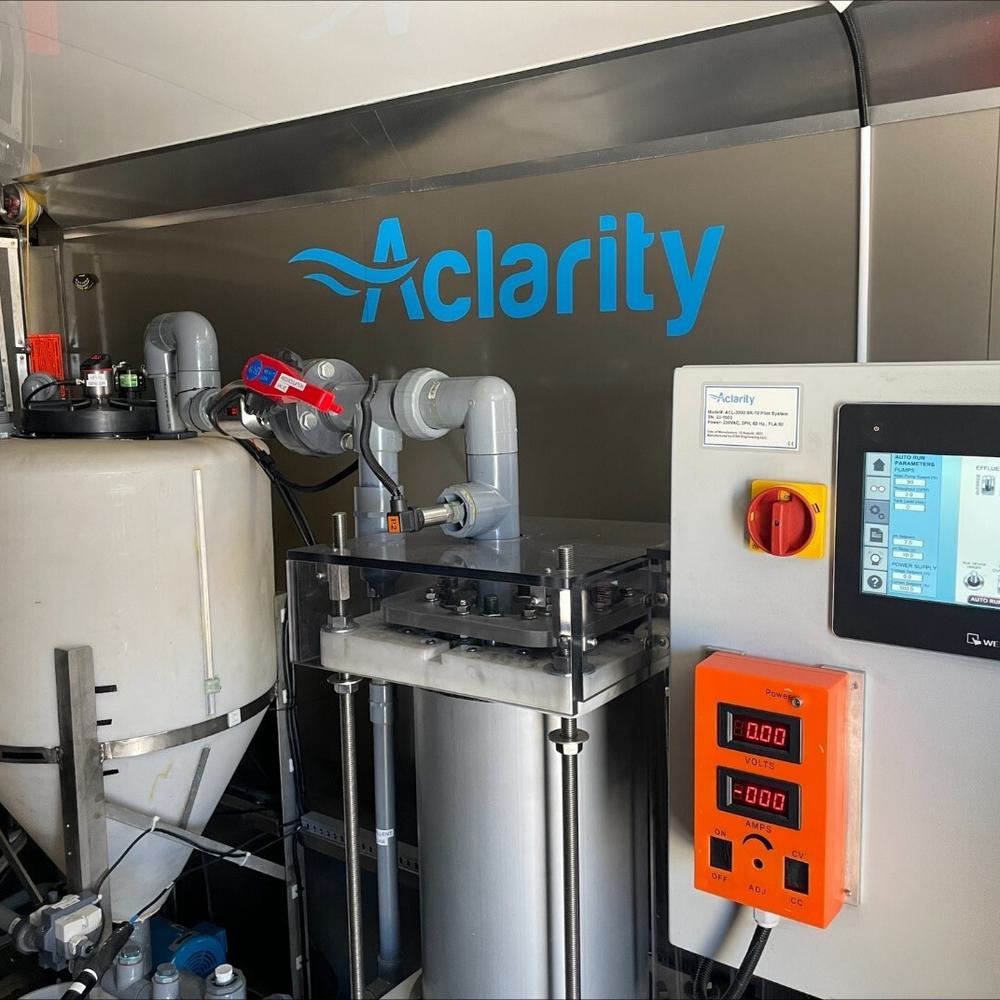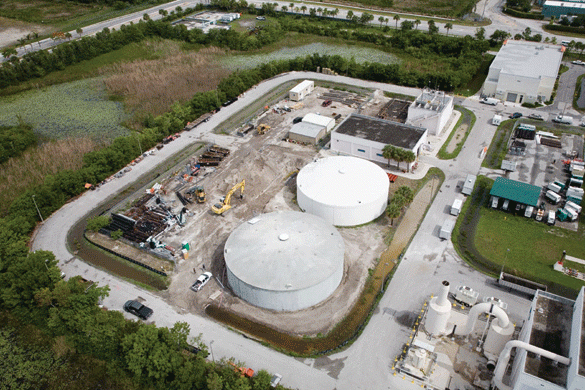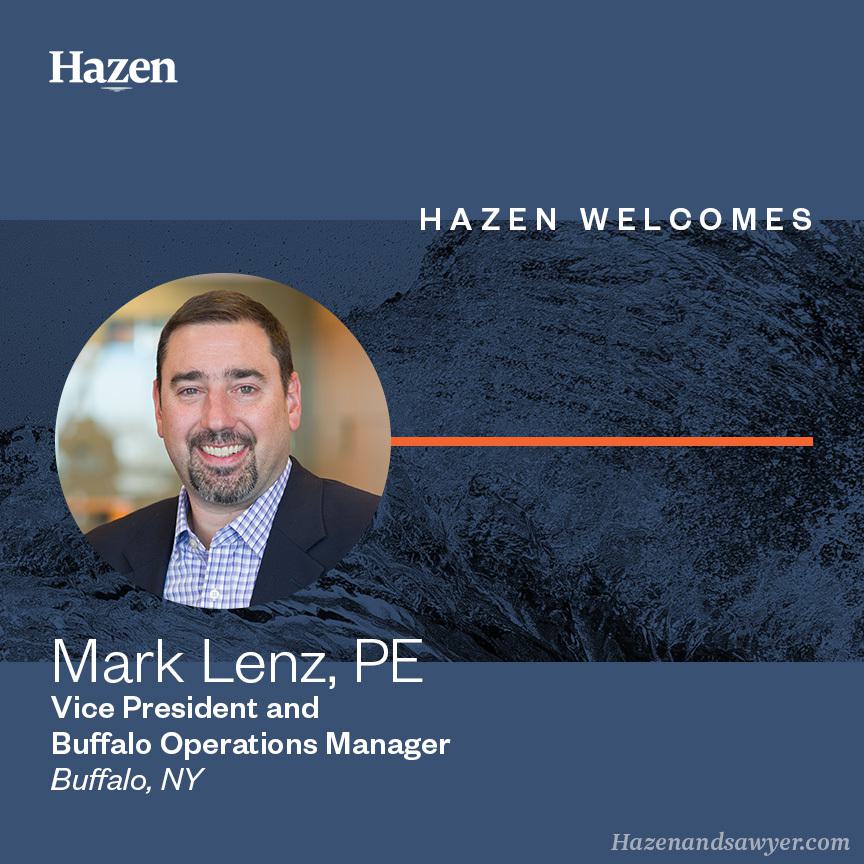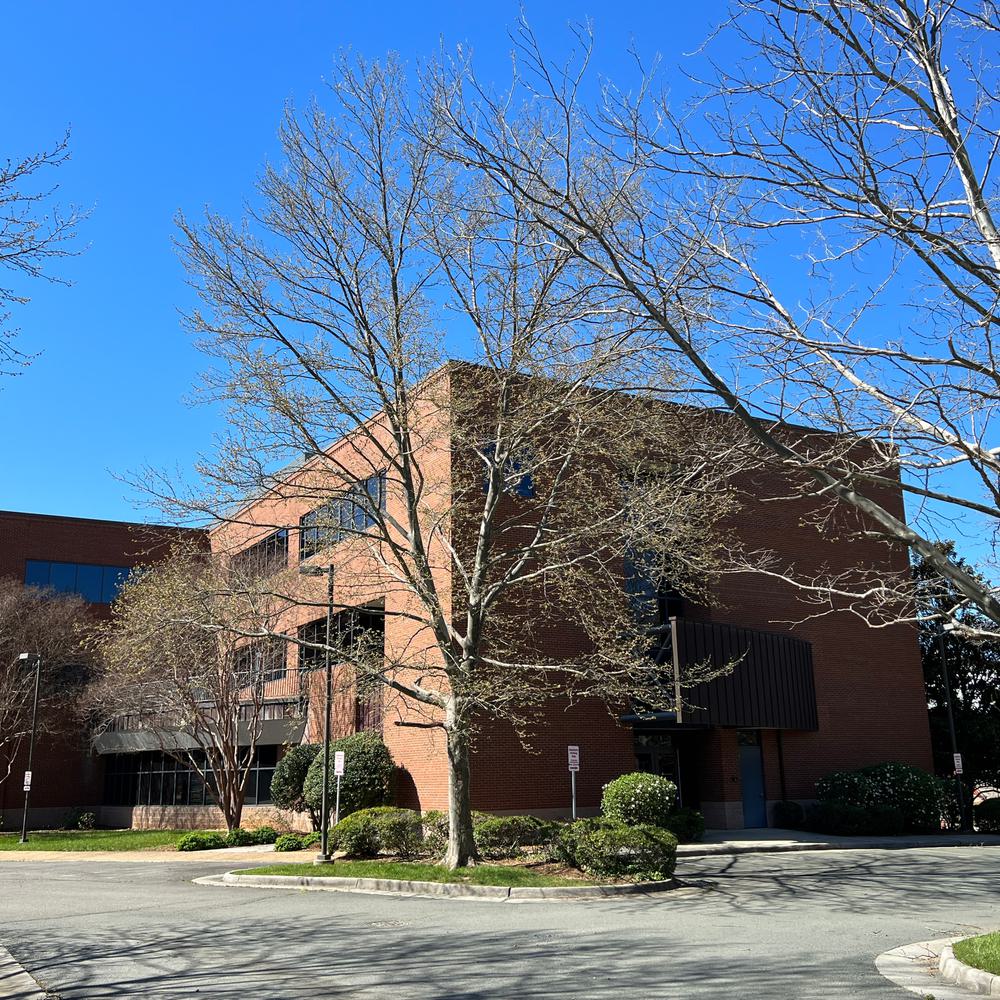Tallahassee WRF: Stringent Limits and Information Modeling
The T.P. Smith Water Reclamation Facility provides wastewater treatment and water reclamation for the majority of the City of Tallahassee, Florida. The 26.5 mgd facility sits adjacent to Wakulla Springs, one of the longest and deepest known submerged freshwater cave systems in the world. As a result, the City was under a Settlement Agreement to meet interim nitrogen limits requiring AWT standards including an ENR total nitrogen limit of 3 mg/L.
Hazen and Sawyer designed improvements required to meet the interim and final permit limits defined by the Settlement Agreement. The existing facility consisted of three different and independent activated sludge treatment trains: one with mechanical surface aerators (Train 2), one train with jet aeration (Train 3), and the third an MLE configuration with fine bubble diffusers (Train 4). Most of the effluent is stored on site in ponds and pumped to the facility’s Southeast Farm and Southwest Sprayfields, where it is used for irrigation.

Over his career, Kurt Pfeffer has served as Project Manager on numerous Florida wastewater and biosolids projects.
Related Topics:
Special sampling was conducted to better understand the performance of the existing facilities and to develop a calibrated BioWin model of the existing facility. The calibrated BioWin model was used to evaluate interim modifications required to meet the interim nitrogen limits of 12 mg/L by July 2008 and 9 mg/l by 2011. Using the calibrated model, supported with the special sampling data, it was determined that with minor operational modifications, the existing facility could meet the initial interim TN limit of 12 mg/L. The model was used to optimize the flow split between each train, the cycling of the aerators in Train 2 and Train 3, and to show that increased RAS flow rates on all trains and increased nitrified recycle flow on Train 4 would significantly lower the effluent TN.
The calibrated BioWin model was used to evaluate options to minimize chemical use and operating costs. This analysis considered alum cost, methanol cost, additional aeration cost and cost to purchase additional gas for the sludge dryer because of primary sludge fermentation reducing methane production in the digesters. This analysis showed that primary sludge fermentation was cost effective, even considering lost digester gas and the capital cost for the fermenter.
Watch: The innovative design meets the City of Tallahassee's treatment goals, saves the City millions in operating costs, and offers the operational flexibility to make strategic use of energy and other resources.
Our design accommodates congested underground utilities (yard piping and electric power distribution) that could not be disrupted.
Using existing 2D CAD files and extensive subsurface utility exploration, with ground penetrating radar and vacuum excavation, we modeled the yard piping in 3D using AutoCAD Civil 3D and AutoCAD MEP. Construction sequencing allowed the plant to maintain continuous, full treatment throughout this project. As new treatment processes were constructed and integrated into the plant, existing facilities were demolished or taken offline for upgrades.
The facility also sits adjacent to the Tallahassee Regional Airport, which runs approximately 275 aircraft operations on 2 large runways each day. All facilities had to meet strict guidelines regarding flight ceilings, including limiting the crane reaches during construction so as not to impact flight paths. We were able to design the flight ceiling in 3D, create a glide slope that tapers along the site based on the path of the aircraft taking off and landing. The city used our 3D model to demonstrate to Airport officials and the Federal Aviation administration that the project did not violate any of the height restrictions.
Project Outcomes and Benefits
- The new facility curbs nutrient loadings to Wakulla Springs, one of the largest freshwater springsheds in the world, stemming invasive plant growth and improving water quality.
- Biowin and CFD modeling allowed more stringent limits to be met quickly and cost-effectively through strategic process optimization.
- 3D CAD facility designs accommodated both congested existing yard piping and the flight paths of the adjacent airport, accelerating approvals and permitting.




















